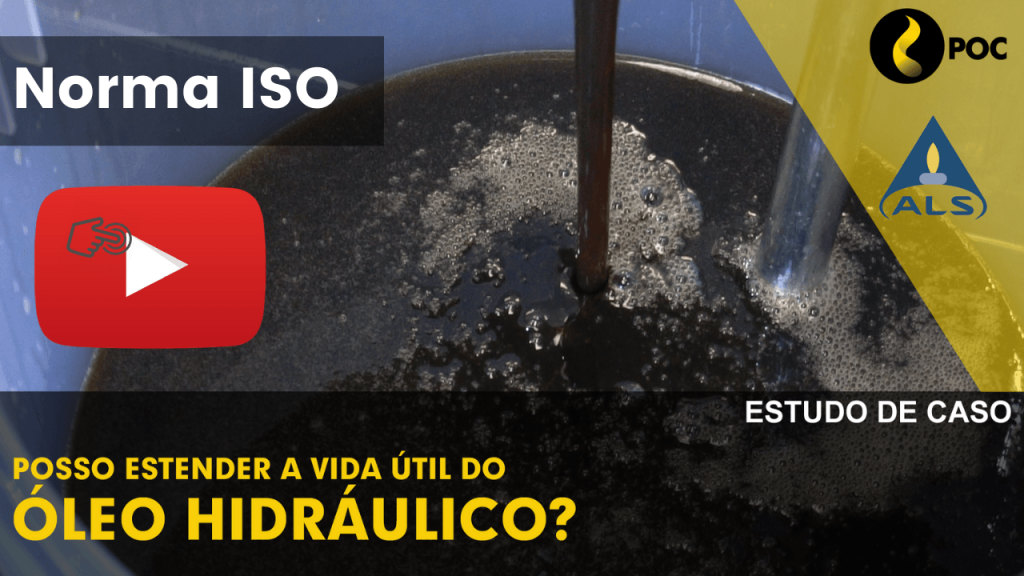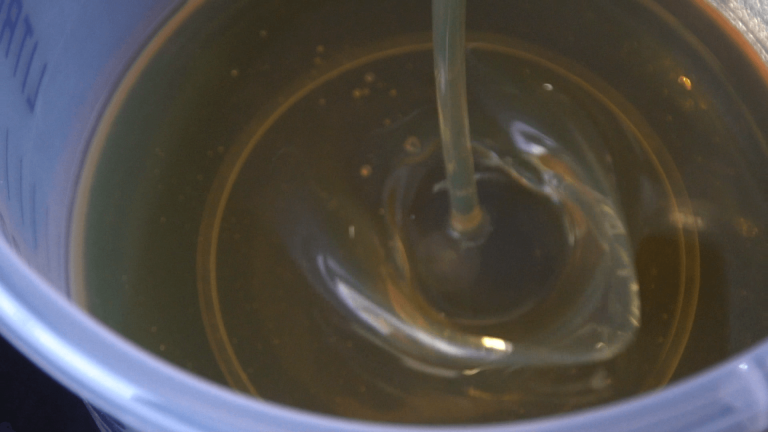To answer this question we conducted a video case study.
Also watch our video on how to extend the service life or reuse used oil!
See more about new oil contamination
A right question and defended by professionals in the field: to keep equipment running at peak capacity, to reduce maintenance costs, and to avoid unexpected failures, the oil must be clean. That is, without any type of solid or liquid contamination (water);
Thus, in the face of several day-to-day doubts, one calls our attention: does the new oil have contamination?
If you watched the video above you already know the answer, if you haven’t already, we recommend that you watch it.
How new oil is contaminated
Some processes can impair the purity of the new oil, causing it to reach contaminated equipment. Here are some examples:
- Source: In some situations, the oil that gives rise to the oil can be contaminated when it leaves the refinery. Still during the potting process;
- Transport: the transport process is not always carried out properly, which can cause damage to the drums. The consequence is the contamination of the new oil;
- Storage:in most cases, oil drums are handled without the necessary care, which causes damage to cylinders and perforations. In addition, in some cases, the drums are not placed in dry and sanitized places. The lack of care tends to generate corrosion in metals, which offers serious risks of contamination of new oil. It still causes damage to the metal seams of the drums, leaving the oil exposed;
- Transfer: new oil may be contaminated when transferred from original packaging to intermediate containers;
Gold tip: Microfiltration oil analysis of new oil
Do you know what’s better than cure? To prevent. The best way to ensure that the new oil is free from contamination is to carry out analysis and micro filtration procedures for the oil, before it goes into operation. This guarantees the removal of any type of particles, as well as water.
Oil analysis and microfiltration ensure the purity of the oil, which avoids performance problems, excessive consumption, or equipment damage.
It should also be noted that even when the whole process is carried out correctly, new oil can still be contagious. This occurs when it comes in contact with the residual oil in the equipment, which remains even when the total change occurs.
How does oil analysis take place?
Investing in predictive maintenance is important to ensure the quality of the oil and, consequently, to increase the useful life of the equipment. The best way to accomplish this is by analyzing the oil.
Oil analysis is performed after collecting a sample from the machine, which is taken for analysis in the laboratory. It is important to note that different analyzes can take place, as different samples can be collected from different parts of the equipment.
Understand oil microfiltration
The micro filtration performs the separation of particles present in fluids, oils and emulsions in which the filter elements have pores of 0.1 to 10 micrometers. The technology allows substances larger than the pores to be removed from the circulating fluid.
Diesel, lubricant and hydraulic oils go through a set of filters. The micro filtration process eliminates contamination particles (water and microparticles), preventing wear and damage to equipment caused by oil.
Talk to microfiltration professionals
Do you want to know more about the advantages of oil analysis in preventive maintenance or about micro filtration?
Then get in touch with POC Filters professionals, who are always on hand to assist in the search for the best solutions for your equipment.






